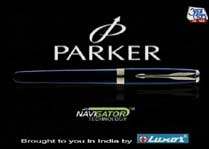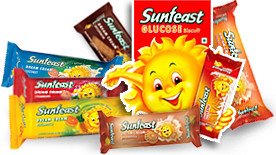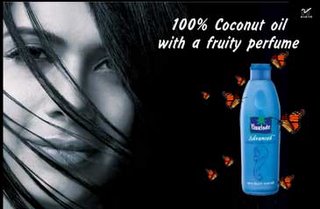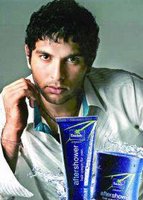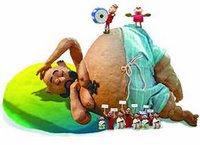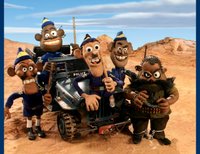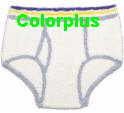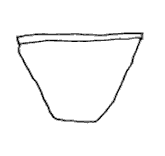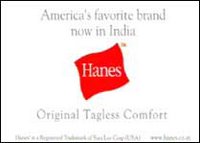Parker is a brand that is well established in this market. Parker is manufactured and marketed in India by Luxor Writing Instruments Ltd (LWIL). Parker was launched in India in 1996. Luxor had a joint venture with Gillette which owned the brand at that time. In 2000 Gillette sold the brands to $9 Billion major Newel Rubbermaid. That included the 50:50 joint venture with Luxor. Later the Jains bought the entire stake in the joint venture. Now LWIL have the 100 right to manufacture and market Parker Pens in India.

The writings instruments market can be classified into premium, middle and economy segment. There are many established players in this market like Reynolds, ADD Gel,Todays, Camlin etc.
While the premium segment is dominated by super expensive brands like Mont Blanc , Cartier etc, the economy segment is dominated by local players. All the action is in the middle segment which consists of College students, Executives Businessmen etc.
Parker then launched Parker Beta for Rs 50 aiming this segment and play the volume game.
Parker is end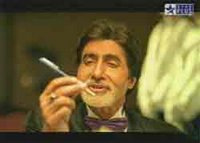 orsed by none other than Big B. Some ads are lousy and some very good. I like the ones with the baseline " Why use a pen that's not a Parker" .
orsed by none other than Big B. Some ads are lousy and some very good. I like the ones with the baseline " Why use a pen that's not a Parker" .
Since the lower segments of the pen market lacks brand loyalty, BigB can make a difference . LWIL by using BigB aims to connect and identify with young and old alike.
Parker was a brand that had the elegant premium touch to it with its rich tradition and quality. But with the launch of lower priced Parker range, the premium and the exclusivity has been compromised . Now the Parker range is available from Rs 50- 5000. Big B to certain extent salvage the pride of Parker. But when the brand tries to play the volume game, it is difficult to sustain the premium. Thus Parker is losing out the Executive segment where pens are used as Accessory. Its is a void that is waiting for a brand.
As one of my colleague after buying a Parker Beta commented " Parker has become Cheap".
